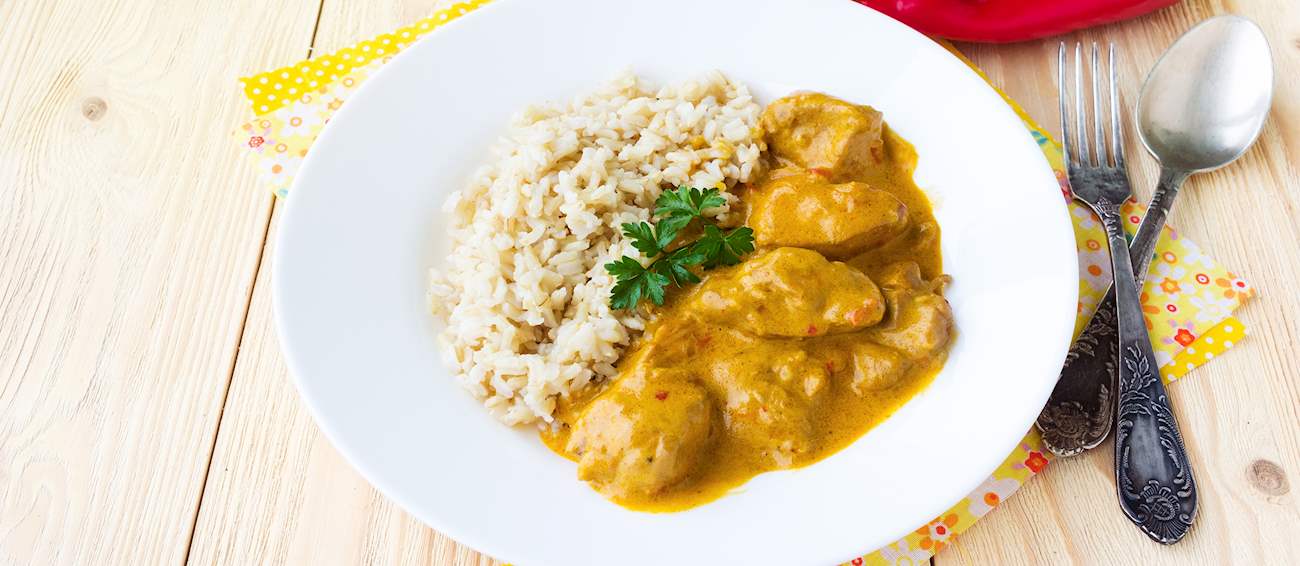TasteAtlas food rankings are based on the ratings of the TasteAtlas audience, with a series of mechanisms that recognize real users and that ignore bot, nationalist or local patriotic ratings, and give additional value to the ratings of users that the system recognizes as knowledgeable. TasteAtlas Rankings should not be seen as the final global conclusion about food. Their purpose is to promote excellent local foods, instill pride in traditional dishes, and arouse curiosity about dishes you haven’t tried.
Search locations or food
Log in
OR
CREATE ACCOUNT
By creating or logging into an account,you agree to our Conditions of Use and Privacy Policy
OR
RETURN TO LOG IN
By creating or logging into an account,you agree to our Conditions of Use and Privacy Policy
Log in with Facebook
Log in with Google
OR
Already have an account? Log in
OR
4 Worst Rated Central European Chicken Dishes
Last update: Wed Mar 26 2025

shutterstock
Show Map
Central European Chicken Dishes